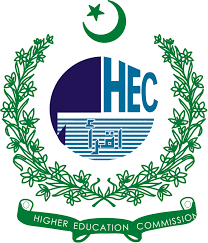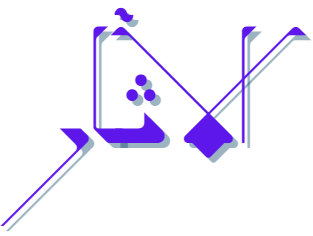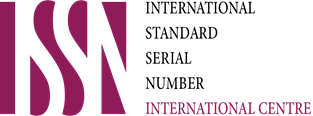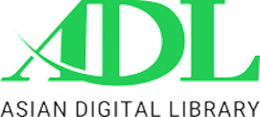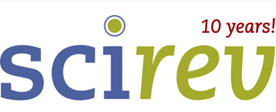فنِ خطابت: تاریخی ارتقاء، اسالیب اور اثرات کا تحقیقی جائزہ
The Art of Oratory: A Research Study on Historical Evolution, Techniques, and Impacts
Keywords:
Oratory, Aristotle, Cicero, Islamic Preaching, Political Speech.Abstract
The art of oratory has been a pivotal means of communication throughout human history, enabling speakers to convey their thoughts in a structured and persuasive manner. In ancient Greece and Rome, oratory was considered an essential skill, with philosophers like Aristotle and Cicero formulating theories on rhetorical techniques. In the Islamic era, the speeches of the Prophet Muḥammad (PBUH) and the Righteous Caliphs set exemplary standards of eloquence, truthfulness, and influence. Their speeches were deeply rooted in logic, sincerity, and moral guidance, shaping the course of Islamic preaching and governance. In modern times, oratory plays a crucial role in politics, society, education, and the media. Different types of oratory include religious, political, educational, and judicial speech. Religious oratory comprises sermons and spiritual discourses, while political speeches influence public opinion and electoral campaigns. Educational oratory is integral to academia, where scholars and educators present their ideas, and judicial oratory involves legal arguments presented by lawyers and judges. A compelling speech requires clarity, logical reasoning, emotional appeal, appropriate tone, and effective body language. Mastery of language, coherence in arguments, and an understanding of audience psychology are key to impactful public speaking. This study explores the historical evolution of oratory, its diverse forms, and its influence on human thought and society. It highlights the significance of oratory as a powerful tool in shaping opinions, governance, and intellectual discourse, proving its enduring relevance across civilizations.
